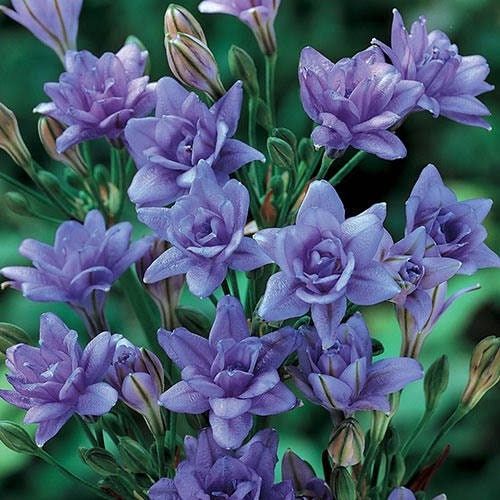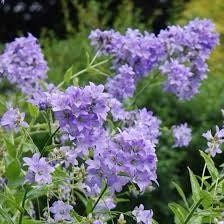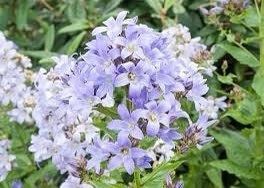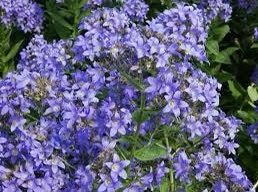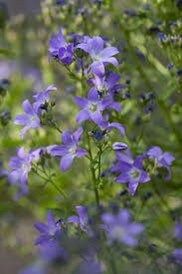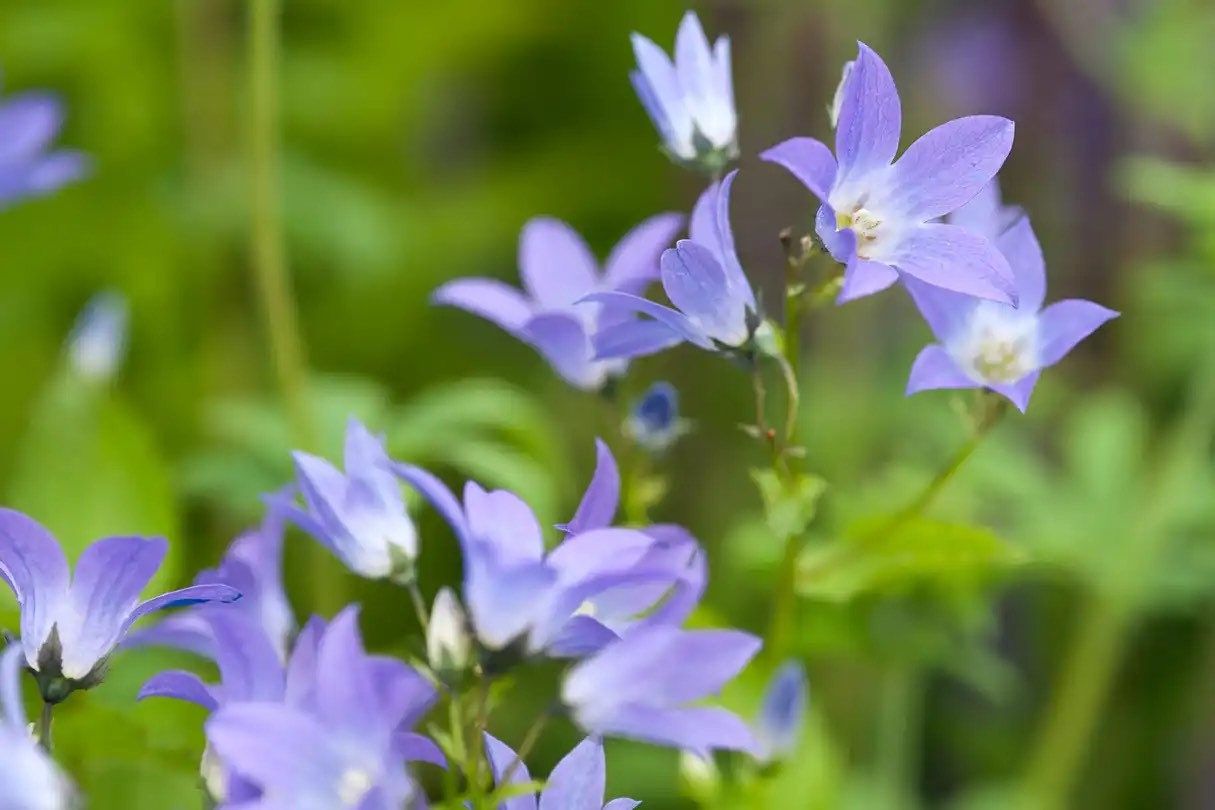Your Plant Bitch
Campanula Lactiflora Seeds ~ ‘Prichard’s Variety’ ~ Milky Bellflower ~ Grow Your Own ~ Spring Flowers ~ Instead of Flowers ~ Flowers
Campanula Lactiflora Seeds ~ ‘Prichard’s Variety’ ~ Milky Bellflower ~ Grow Your Own ~ Spring Flowers ~ Instead of Flowers ~ Flowers
Couldn't load pickup availability
Milky bellflower, Campanula lactiflora ‘Prichard’s Variety’, bears pretty clusters of purple-blue bell-shaped flowers, above heart-shaped green leaves, from summer to autumn. It’s perfect for growing toward the back of a border and works well in traditional or cottage garden planting schemes. Like all bellflowers, its blooms are a magnet for bees and other pollinators.
~Includes ~
~ Seeds, Quantity ranging from 5-20 (your choice).
~ Grow and Care Instructions.
✨ Follow Me ✨
Instagram: YourPlantBitch
Facebook: Your Plant Biitch
Please visit me @YourPlantBitch come explore all of my collections!!! Where you’ll be the first to see all my new products, along with YourPlantBitch’s best sellers and exclusive collections. Rest assured, my main concern is for my customers ALWAYS!!! I try to provide the best customer service and strive to create ONLY a positive shopping experience for my customers. I am available to answer any questions or concerns you may have before or/and after your purchase. Custom orders are welcome!!! If you would like me to include a handwritten gift card I can with never any additional cost. If you’re interested placing a bulk order, purchasing any “sold~out” and/or more than the quantities listed as “available” items please reach out to me!!!
Thank you so very much for supporting my small business!!! 🪴Happy Planting!!!
💜 Best Wishes, Your Plant Bitch (Quinn)
🪻Campanula Lactiflora Grow & Care Instructions🪻
Since the seeds are so small, they barely need covering. Simply sprinkle them over a seed-starting tray filled with moist peat or potting mix (with about three seeds per cell) and cover them lightly. Then place the tray in a warm location of 65 to 70 degrees F. (18-21 C.) with plenty of sun and keep it moist.
You can also scatter the seeds directly into the garden and gently rake some soil over them. Within about two to three weeks, campanula sprouts should appear.
Once they reach about 4 inches (10 cm.) tall, you can begin transplanting the campanula seedlings into the garden or larger, individual pots. Make sure they have well-draining soil in a fairly sunny location.
When planting, make the hole large enough to accommodate the seedling but not too deep, as the top portion of the roots should remain at ground level. Water well after planting. Note: The seedlings normally don’t bloom during their first year.
- Campanulas’ long blooming period shows their best colors from late spring until the first frost occurs in early fall. Little maintenance is required to keep these flowers happy. Just water during dry periods and fertilize with an all-purpose (5-10-10 or 10-10-10) garden food once in the spring and once during the mid-summer.
- Add 2-3 inches of organic mulch around your Campanula after planting, being careful not to mulch directly against the plant (to prevent possible rot). This mulch will help retain moisture, deter weeds from popping up in your garden and help fertilize your beds as it breaks down!
- Trim dead heads to promote more blooms and prolong the flowering period. Always use small scissors or gardening shears when trimming Campanula to prevent tearing your flower stems.
- Space Campanula 15-18 inches apart when planting. Because these flowers are a sprawling variety, you should divide congested flowers in spring or fall. Once winter comes, you can cut back your Campanula or let it remain as an over-winter habitat for birds.
- Be sure to check for pests such as snails, slugs, and aphids who love to nibble on Campanula’s pretty leaves. Moist plant surfaces tend to attract these types of critters, so try irrigating the soil around your flowers when watering.
- Also check for sickness or disease, which may show up as a fuzzy white coating of powdery mildew on leaves and stems. Prune affected areas from the plant or apply fungicide or horticultural oil in severe cases.
Share
